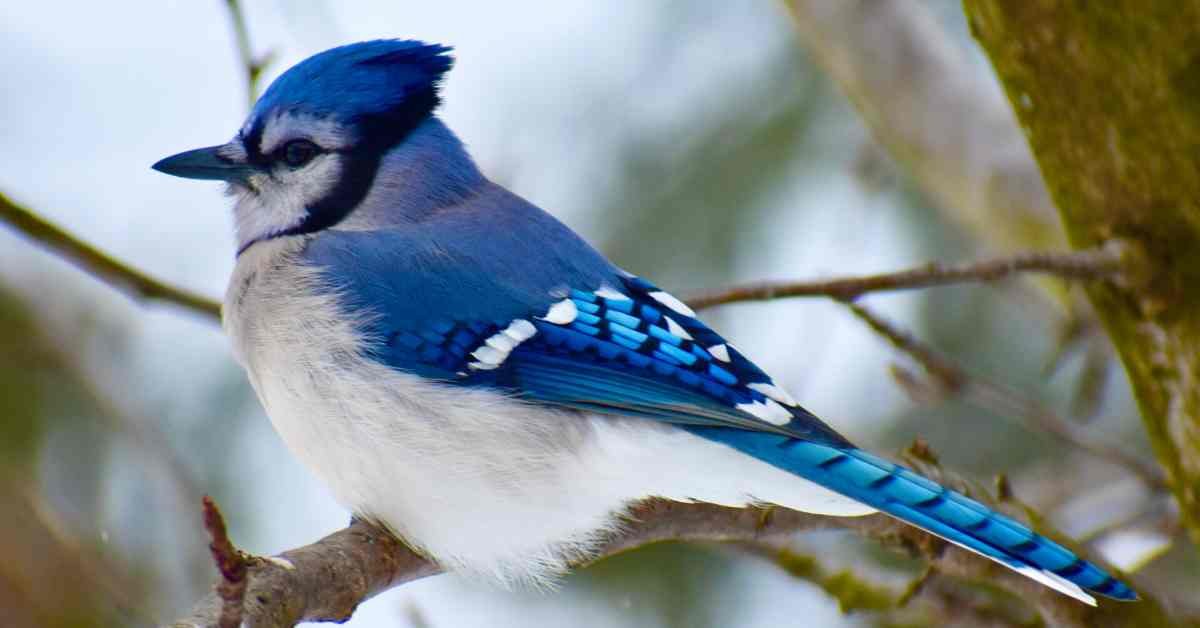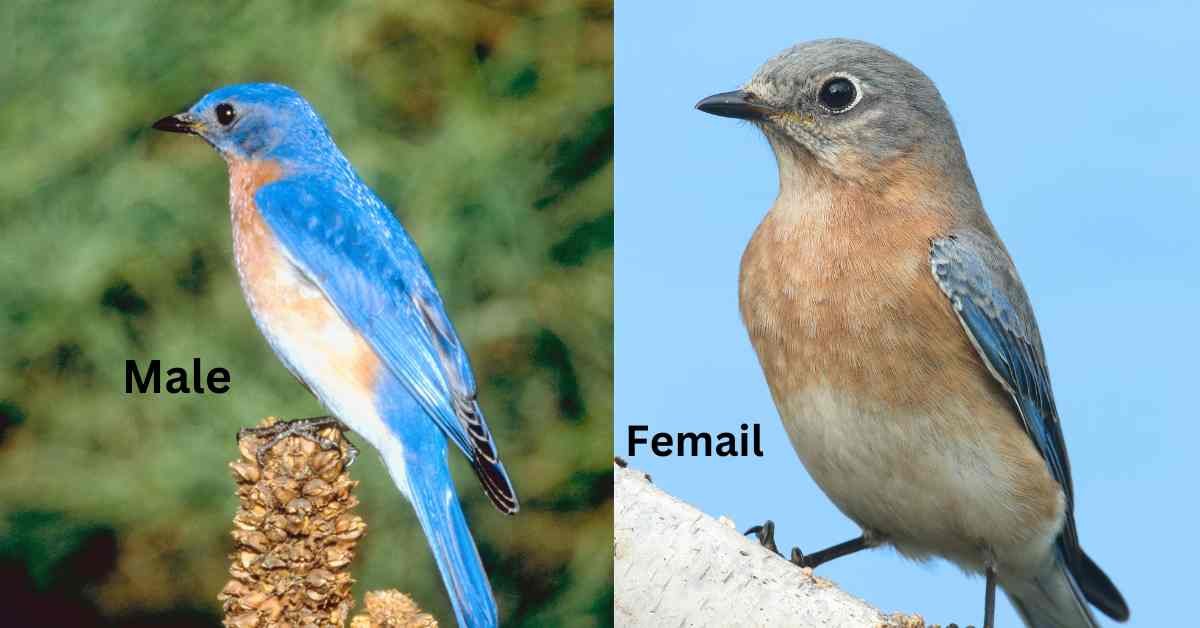The Blue Jay, scientifically known as Cyanocitta cristata, is a fascinating bird that can be found throughout most of North America. These birds are quite common and easily recognizable, making them a favorite among bird enthusiasts, including children. Let’s explore some interesting facts that will help you appreciate their uniqueness.
Range and Migration
Blue Jays have a wide range that extends from southern Canada to South Florida, covering most of North America east of the Rocky Mountains. While they are not migratory birds, some individuals do migrate south during the winter months. Scientists are still unsure why only a portion of the population migrates while others remain in their territories.
Blue Jay Intelligent and Social Bird:
Blue Jays are highly intelligent and exhibit complex social behaviors. They are known for their love of acorns, which has helped spread oak trees throughout North America. These birds have a remarkable memory and can remember the locations of thousands of food caches. They also have a strong family bond and often assist in raising subsequent broods.
Mimicking Calls:
One of the intriguing behaviors of Jays is their ability to mimic the calls of other birds, particularly red-shouldered hawks. The reasons behind this mimicry are still unknown. It could serve as a warning to other birds about the presence of a predator or as a means of intimidating their neighbors.
Brilliant Blue Plumage:
Despite their name, Blue Jays are not truly blue. The structure of their feathers refracts light, creating an illusion of blue coloration. They have a combination of blue, black, and white feathers, making them visually striking.
Habitat and Diet:
Blue Jays and Eastern Bluebirds prefer forest edges, especially those with oak trees. They can also be found in parks and suburban areas. These omnivorous birds have a diverse diet that includes acorns, insects, seeds, nuts, and occasionally the eggs and young of other birds. They have specialized esophageal pouches where they can store food for later consumption. Both Blue Jays and Eastern Bluebirds are fascinating species that play important roles in their respective ecosystems.
Nesting and Breeding:
Blue Jays build cup-shaped nests using twigs, grass, root bits, and mud. Males and females work together to gather nest materials, with males doing most of the gathering and females doing most of the building. Female Blue Jays lay 4-6 brown-spotted green eggs and incubate them while the male provides food. The hatchlings stay in the nest for about three weeks before venturing out.
Corvid Family Members:
Blue Jays belong to the Corvidae family, which also includes other jays, magpies, and crows. While they may resemble other birds like the Florida scrub-jay or western scrub-jay, Jays have distinct features such as their crest and unique coloration.
The Blue Jay’s Scientific Name
The scientific name for the Florida Blue Jay is Cyanocitta cristata.
The genus Cyanocitta comes from the Greek words “kyaneos” meaning “dark blue” and “kitta” meaning “jay.”



